Flies
{{start}}
{{end}}
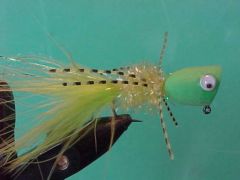
{{+1}}Popper – bass foam head{{-1}}
{{start}}
The fist and most obvious is when they are actively feeding. At those times bass can have an appetite for everything from nymphs, yabbies, small fish, shrimp, worms, lizards, frogs, grasshoppers, cicadas, beetles and for that matter almost anything that will fit in their mouth it's not surprising that a popper dropped in their line of sight and looking like something alive often gets their attention. Bass are binge feeders and are by no way picky when it comes to feeding time.{{end}}

{{+1}}Mallard and claret – Chatto’s soft hackle version{{-1}}
{{start}}
One of the first loch flies I was introduced was a mallard and claret tied in a traditional way with a pair of feather slip wings. I thought it was the bees knees as a bob fly and used it any time when mayflies were around. For me this is a vastly superior fly and as well as being a great substitute for a traditionally tied mallard and claret also works well on mayfly feeders taking pre emergers.{{end}}
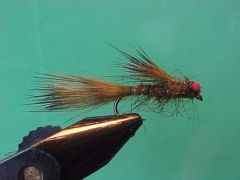
{{+1}}Eucumbene damsel – Chatto’s original{{-1}}
{{start}}
This is my favourite damsel fly imitation and ticks all the boxes. It is quite representational of an emerging damsel with its overall form and function and has a neat little hot spot in the form of the red eyes. It's a great fly to fish at any time when there are midge or damsels around as most importantly the trout love it.{{end}}
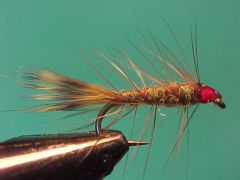
{{+1}}Yabby – Bill’s Eucumbene version{{-1}}
{{start}}
This little woolly bugger type fly was given to me by Jim Blyton. Jim fishes Lake Eucumbene a lot. As is so often the case the locals have developed flies that work for their fishery and this fly is one of those.{{end}}
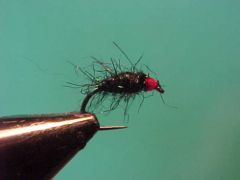
{{+1}}Snail – Jim’s Eucumbene version{{-1}}
{{start}}
Snails are a food source for trout throughout the year. Having said that they are often overlooked by fly fishers. In colours imitating the naturals in the area to be fished they can be slowly twitched along the bottom or the weed beds with great results. They are also a good ambush fly for trout foraging the margins.{{end}}

{{+1}}Chatto’s “inch” nymph{{-1}}
{{start}}
This fly has been designed with polaroiding in mind. Its also a great fly for covering rising fish ... particularly if mayfly are around. It's unlike all the other nymphs that I tie in that it is tied with as little extra weight as possible. As a result it hits the water softly and once there sinks slowly in a realistic way giving the target fish plenty of time to see the fly and hopefully eat it.{{end}}
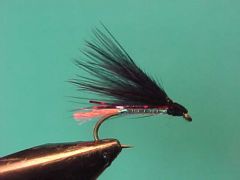
{{+1}}Cormorant – black attractor variant{{-1}}
{{start}}
This is my favourite attractor version of a cormorant for loch style fishing in waters where trout are switched onto black flies.{{end}}
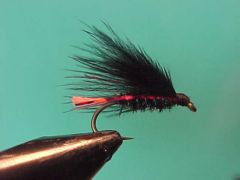
{{+1}}Cormorant – variant to the original tie{{-1}}
{{start}}
I carry black and olive versions of this fly. A simple to tie fly that incorporates two of the greatest fly tying materials, marabou and peacock herl and it continues to be a popular single or team fly. It's also a fly that has lent itself to adaptation and you will often come across versions with glass or brass bead heads, bodies of all sorts of tinsels and colours and wings in a range of marabou colours. These days the cormorant and its many variations are fished in all sorts of ways from almost static right up to roly poly on a full range of fly lines.{{end}}
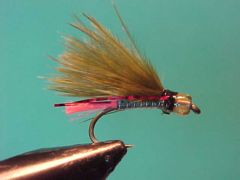
{{+1}}Cormorant – BH competition version{{-1}}
{{start}}
The cormorant fly is a popular loch fly and particularly in rainbow trout waters. The original tie has a peacock herl body with silver rib whereas this competition version has been jazzed up a bit by substituting clear holographic tinsel for the herl body.{{end}}

{{+1}}Gold ribbed hares ear{{-1}}
{{start}}
This is probably up there in the top 3 or 4 best known nymph patterns. It's a pattern that has stood the test of time and is suggestive of a wide range of caddis and mayfly nymphs and is best fished close to the bottom. It doesn't matter if your in Argentina or Australia or any where between, past, above or below this is a true universal fly pattern.{{end}}













